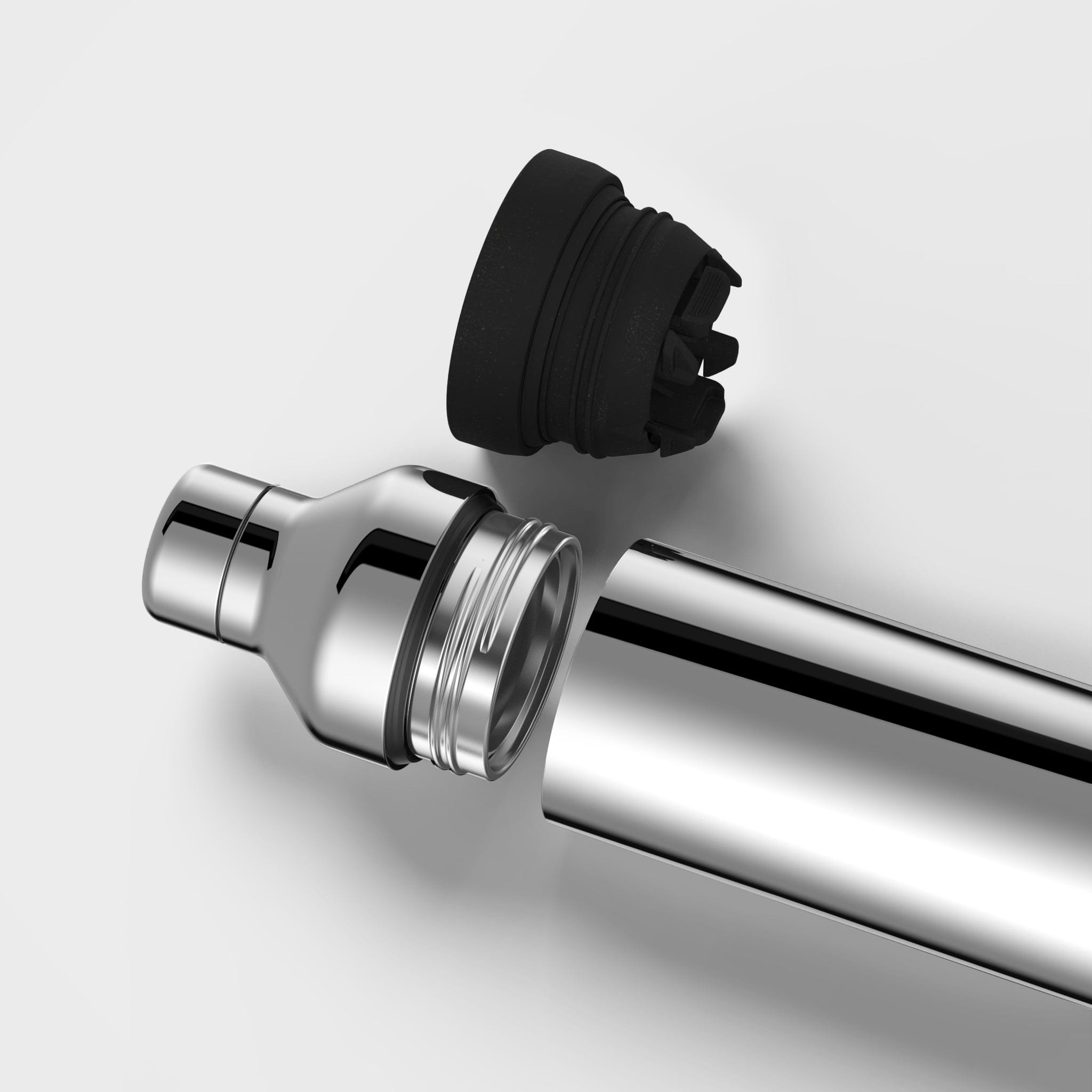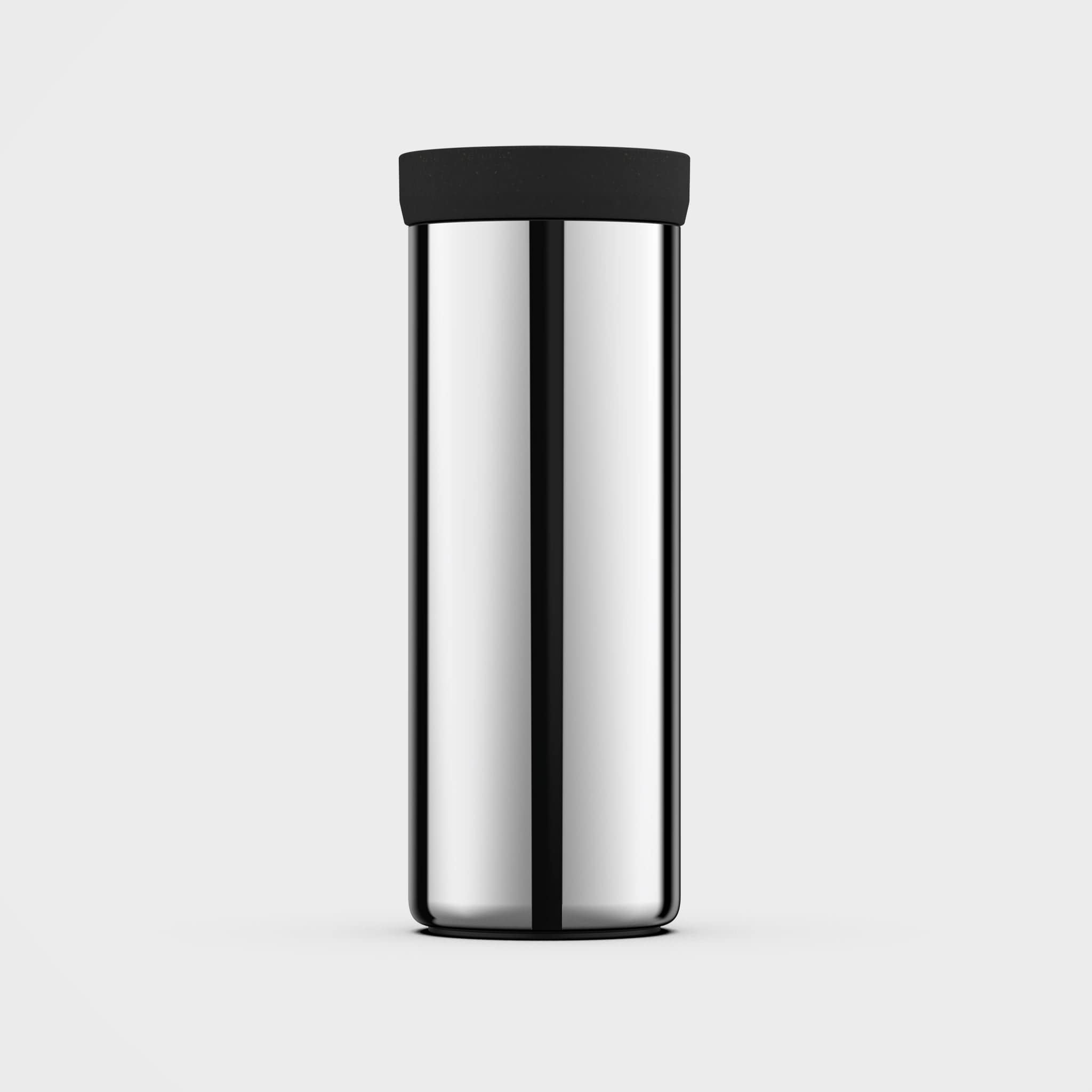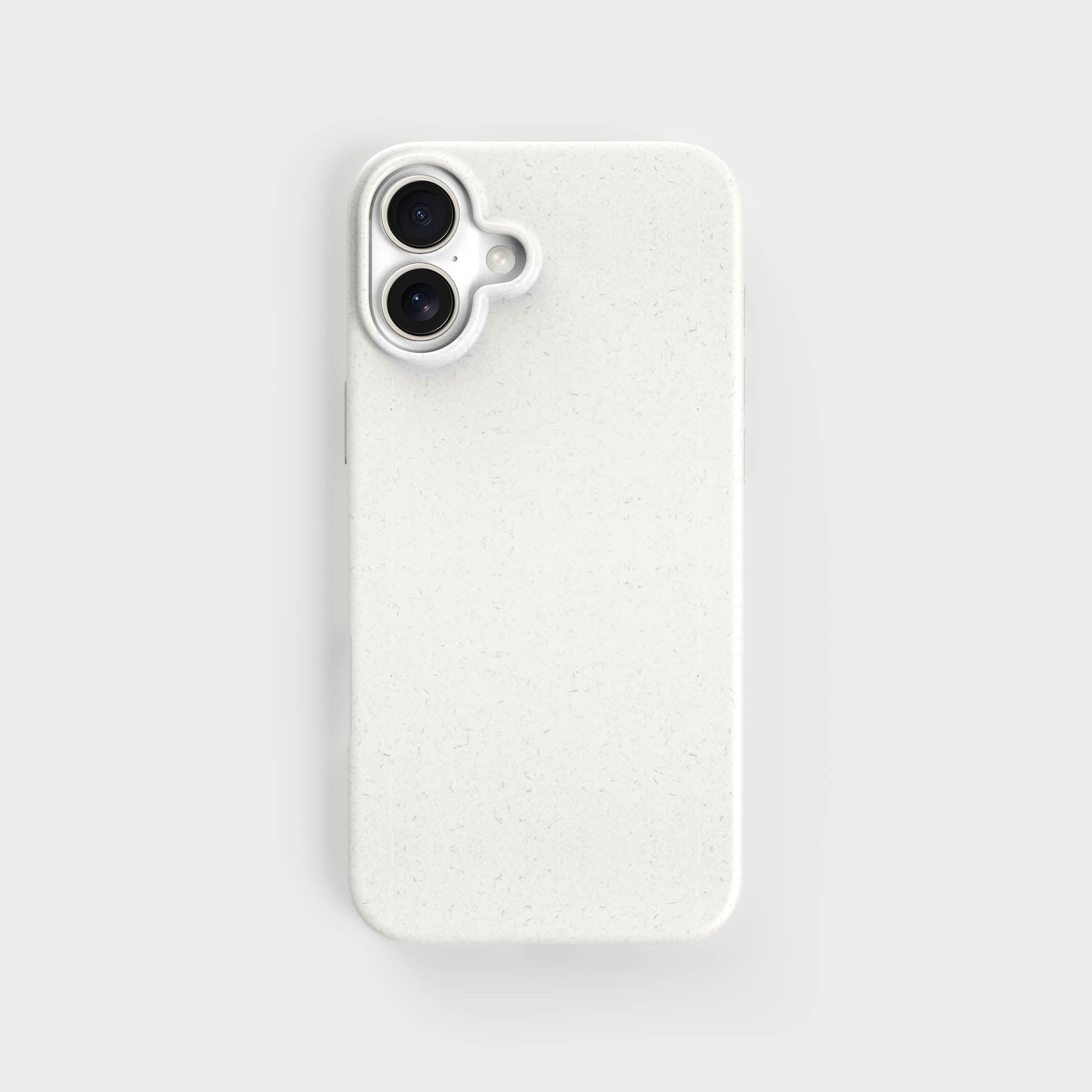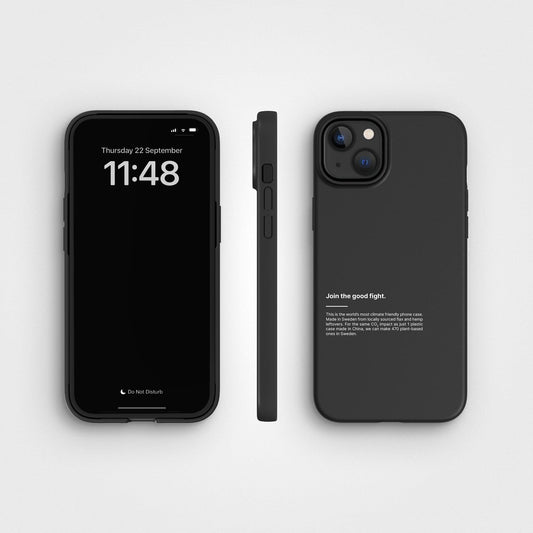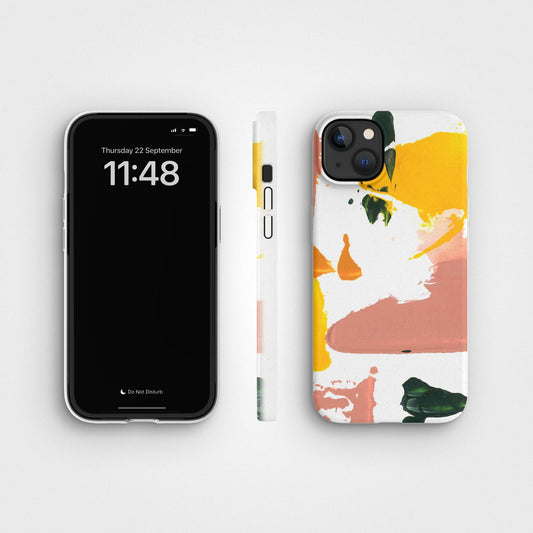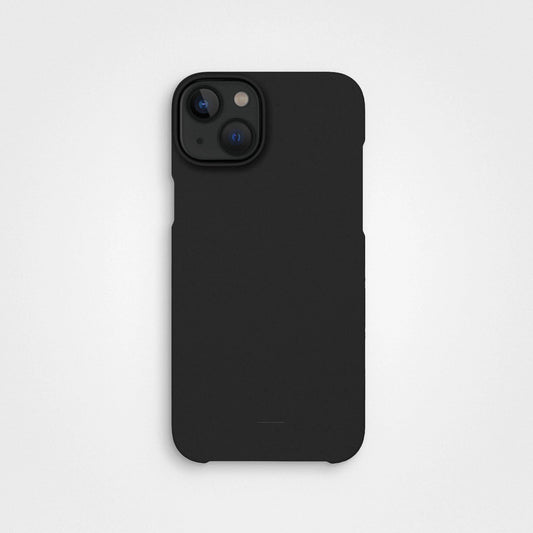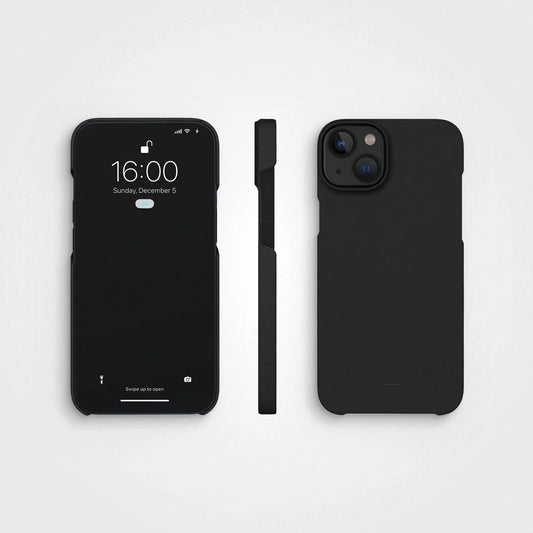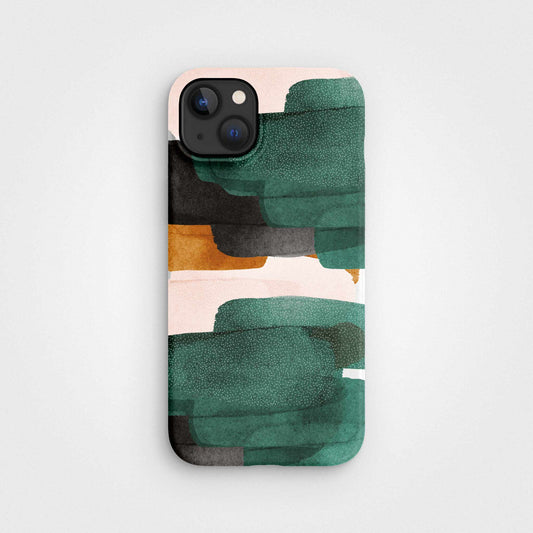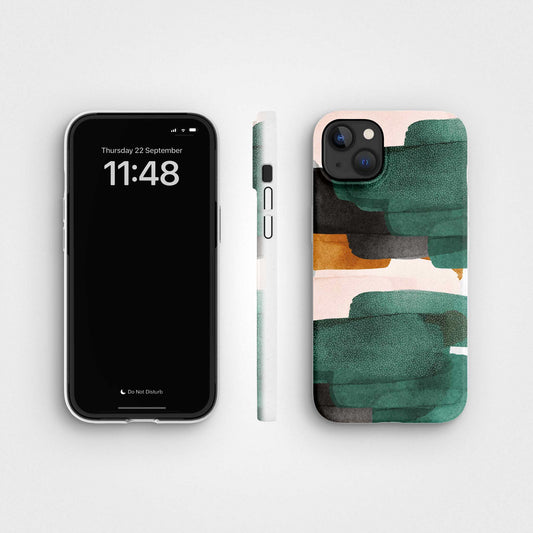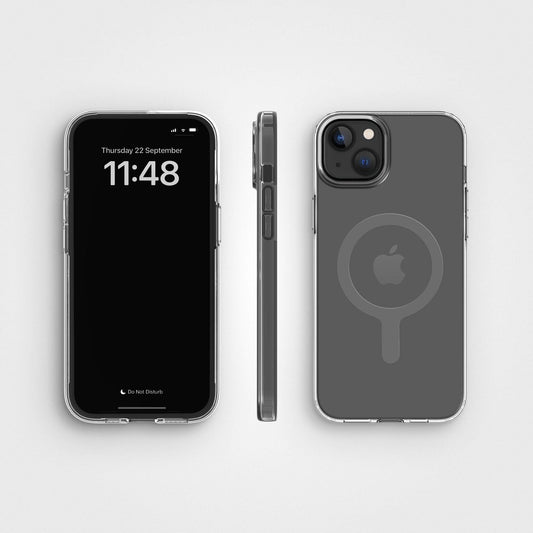Have you ever looked at your overflowing trash can and thought, there's gotta be a better way? Well, there is, and it doesn't involve turning your life upside down. A 30-day low-waste challenge is a fun and approachable way to dip your toes into living more sustainably. No guilt, no pressure, just small steps that add up to something meaningful.
Quick links
-
What is a low-waste lifestyle?
-
How does the 30-day low-waste challenge work?
-
30-Day Low-Waste Challenge Week 1: Start Simple
-
30-Day Low-Waste Challenge Week 2: Get Creative
-
30-Day Low-Waste Challenge Week 3: Build Lasting Habits
-
30-Day Low-Waste Challenge Week 4: Reflect and Refine
-
What you've gained from 30 days of low-waste living
What is a low-waste lifestyle?
Living a low-waste life is about using less and rethinking how we consume. It's not about being perfect, it's about making small, thoughtful swaps that reduce the stuff we send to landfills. Think reusable water bottles instead of plastic ones, or bringing your own tote bag to the store. Easy, right?
The best part is you don't have to be a pro to start. This challenge is all about trying things out, seeing what works for you, and making progress - your way. And with International Zero Waste Day coming up on March 30, it's the perfect time to commit to simple, everyday changes that make a big impact.
How does the 30-day low-waste challenge work?
For the next 30 days, you will focus on small, actionable steps. Each day has a tip to help you cut back on waste without feeling overwhelmed. By the end of it, you will have built some great habits and (hopefully) saved a little cash, too.
30-Day Low-Waste Challenge Week 1: Start Simple
This week is all about getting comfortable with the basics. No major lifestyle changes, just easy swaps to help you get into the groove
- Day 1: Ditch disposable water bottles.
Start with one of the easiest swaps out there: a reusable water bottle. It’s not only better for the planet but also keeps your water colder (or your coffee hotter). Our 2-in-1 hybrid bottle, made from recycled stainless steel, comes with interchangeable lids, so you can use it as a tumbler or a water bottle, depending on your day.
- Day 2: Bring your own bag.
Keep a few reusable tote bags handy, in your car, purse, or backpack, so you are always ready to skip plastic bags at the store.
- Day 3: Say no to plastic straws.
Either skip the straw altogether or invest in a reusable one. Stainless steel, silicone, or wheat straws are great options.
- Day 4: Start using a reusable coffee cup.
If you are a caffeine enthusiast, bring your own mug to your favorite coffee shop. Many places even offer a discount for reusable cups. Even better, brew your coffee at home and take it with you in a thermal coffee tumbler.
- Day 5: Audit your trash.
Take a look at what you are throwing away most often. This will help you identify where you can make the biggest changes.
- Day 6: Try cloth napkins.
Swap out paper napkins for washable cloth ones. They’re easy to clean and add a touch of charm to your meals.

- Day 7: Plan your meals.
Meal planning reduces food waste and helps you avoid impulse buys. You can also use food waste apps to find discounts on surplus groceries or rescue perfectly good food from going to waste.
30-Day Low-Waste Challenge Week 2: Get Creative
Now that you have nailed the basics, it’s time to step things up and explore creative ways to cut back on waste.
- Day 8: Make your own cleaning products.
DIY cleaners using simple ingredients like vinegar, baking soda, and lemon are effective and eco-friendly.
- Day 9: Pack a zero-waste lunch.
Use reusable containers, cloth napkins, and stainless-steel cutlery. A little prep goes a long way - packing your own lunch saves money, reduces waste, and keeps single-use plastics out of the bin.

- Day 10: Switch to bar soap and shampoo.
Bars often come with less (or no) packaging and last longer than bottled options.
- Day 11: Shop secondhand.
Before buying something new, check out thrift stores or online marketplaces like Facebook Marketplace or Vinted.
- Day 12: Buy in bulk.
Bulk buying cuts down on packaging waste, reduces transport emissions, and makes it easier to stock up on essentials in a more sustainable way.
- Day 13: Compost your food scraps.
If you can, start a compost bin for fruit peels, veggie scraps, and more. It keeps waste out of landfills and gives your leftovers a second life as nutrient-rich soil.

- Day 14: Swap out paper towels.
Replace them with reusable cloths or old T-shirts cut into rags.
30-Day Low-Waste Challenge Week 3: Build Lasting Habits
By now, you are getting the hang of low-waste living. This week, focus on habits that will help you maintain a sustainable lifestyle.
- Day 15: Refuse freebies you don't need.
Say no to promotional swag, extra napkins, or utensils you won't use.
- Day 16: Reduce your digital waste.
Unsubscribe from emails you don't read and declutter your digital devices. Every email and file stored takes up space on servers that consume electricity, so deleting what you don’t need helps reduce energy use and emissions.
- Day 17: Opt for plastic-free produce.
Skip pre-packaged fruits and veggies and bring your own produce bags.
- Day 18: Make your own snacks.
Homemade granola bars or trail mix can reduce the need for single-use packaging.

- Day 19: Borrow instead of buying.
Need a tool or appliance? Check if you can borrow from a neighbor or rent it instead. No point in buying something that will just gather dust after one use.
- Day 20: Switch to a safety razor.
Swap out disposable razors for a metal safety razor. You will get a smoother shave and cut down on waste at the same time.
- Day 21: Donate unused items.
Declutter your home and give things you no longer need a second life. Passing them on keeps useful stuff in circulation instead of adding to the waste pile. And we all know why circularity matters.
30-Day Low-Waste Challenge Week 4: Reflect and Refine
In this final week, you will focus on making the changes stick and celebrating your progress.
- Day 22: Choose sustainable brands.
When you need to buy new, support companies with eco-friendly practices.

- Day 23: Reduce junk mail.
Opt out of catalogs and switch to paperless billing.
- Day 24: Start a “buy nothing” day.
Challenge yourself to go an entire day (or week) without buying anything new.
- Day 25: Bring your own containers.
Use your own containers for takeout or leftovers. It saves you from dealing with flimsy plastic boxes, and food just tastes better in something sturdy and reusable.
- Day 26: Educate yourself.
Watch a documentary, read a book, or follow low-waste influencers for inspiration. Also, learning the language of sustainability can help you connect the dots between everyday habits and their environmental impact.
- Day 27: Host a clothing swap.
Get friends together to trade clothes instead of buying new.
- Day 28: Set long-term goals.
Identify a few changes from the challenge you want to keep for the long haul.
- Day 29: Celebrate your progress.
Treat yourself to something special - ideally something sustainable, like a stone paper notebook or a plant-based phone case. A little reward that’s good for you and the planet!
- Day 30: Share your journey.
Inspire others by sharing what you have learned. Post on social media or talk to friends about your experience.
What you've gained from 30 days of low-waste living?
So, here we are - 30 days later, a little wiser, a little less wasteful, and hopefully still having fun with it. If you nailed every challenge, amazing! If you skipped a few, that’s okay too. The goal was never perfection, just progress. And congrats, you are officially part of the low-waste crew! There’s no initiation, no membership fee, just a bunch of people trying to do a little better every day. Keep what works, ditch what doesn’t, and remember: every small change adds up. And hey, if nothing else, at least your trash can isn’t overflowing quite as much.


